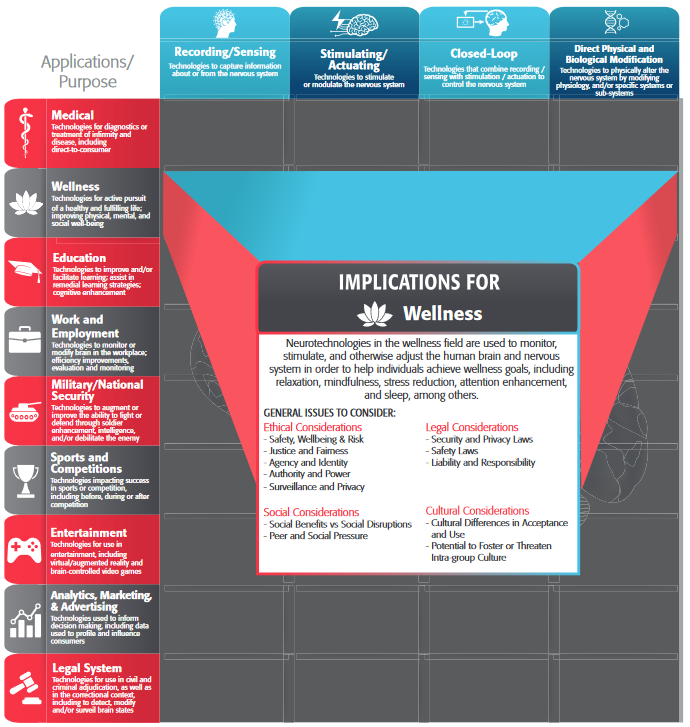Near-infrared Upconversion Optogenetics Helps Brain Stimulation Go Deep
RESEARCH
Shuo Chen
For decades, scientists and physicians have electrically stimulated neurons deep in the brain with implanted electrodes connected through wires to a pacemaker-like device under the skin of the chest. This approach, known as deep brain stimulation (DBS), can treat patients with various neurological symptoms, such as Parkinson’s disease and major depression.
The Decoding of Oscillatory Brain Dynamics induced by Haptic Stimuli and Imagined Haptic Stimuli Sensation and its application for a Novel Type of Somatosensory Brain-computer Interface
RESEARCH
Lin Yao, Ning Jiang.
Brain-computer Interface (BCI) permits a direct channel between the brain and the external environment, bypassing the physiological channel for such interaction, i.e. the neuromuscular system. This technology can be useful in medical applications, including locked-in syndrome, stroke, spinal cord injury, and cerebral palsy, as well as applications of a more general purpose such as education, ergonomics, and manufacturing. Event-related desynchronization (ERD) and synchronization (ERS) of brain signals and movement-related cortical potentials (MRCP), both of which are generated during motor imagery tasks (MI), have been shown to allow real-time, direct BCI control.
Meeting of the Global Current and Emerging Brain Initiatives at the IEEE SMC BMI Workshop
EVENT
Michael H. Smith
On October 9, 2018, the SMC Brain-Machine Interface Systems (BMI) Workshop also featured a first-of-its-kind meeting of Global Current and Emerging Brain Initiatives. This meeting was hosted by the IEEE President, James Jefferies, and Chaired by Michael H. Smith. The meeting brought together global Brain Initiative leaders and representatives from other groups working on large-scale multi-year brain projects from Australia, Canada, China, Europe, Japan, Korea, New Zealand, Poland, Russia, and the US as well as representatives from the IEEE Brain Initiative, the International Neuroethics Society, industry, and other stakeholders.
Reminiscence of Seventh International BCI Meeting
STUDENT CORNER
Koji Koizumi
This was the first time I attended the International BCI meeting. This event took place on May 21 – 25, 2018 at the Asilomar Conference Center in Pacific Grove, California, USA. To tell the truth, this was the first conference I have attended. Just about the time I finished writing my graduation thesis at the University of Tokyo, I got to know about this meeting through the call for papers via its website. Because I was just beginning in BCI, I wanted to deepen my understanding of the field and benefit from the experience and advice of other researchers. Therefore, I immediately decided to submit an abstract. Fortunately, I received the Student Award at this meeting and received a travel grant from the IEEE Brain Initiative. I would like to take this opportunity to express my appreciation to IEEE Brain Initiative. In conclusion, this conference was truly amazing and I was really pleased having participated in this conference.
Discovery of New Neurological Networks
RESEARCH
Dr. Salvatore Domenic Morgera
The human nervous system provides energy efficient, highly complex realization and control of how we sense, think and act. For machines designed by humans, the ideas of energy efficiency and complexity are at odds, thus the question of how the central nervous system (CNS) really works has received intense scrutiny for decades. Researchers at the University of South Florida (USF) under the direction of Dr. Sal Morgera have discovered a sophisticated electric near-field generated in an energy efficient, natural manner by our billions of myelinated nerve fibers. This electric near-field is roughly the counterpart of the magnetic near-field used in smartphone contactless payment services such as Apple Pay® and Google Wallet®, known as Near Field Communications, or NFC.


